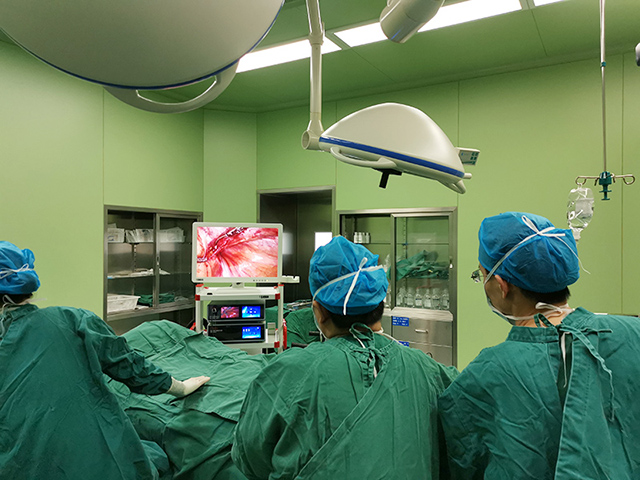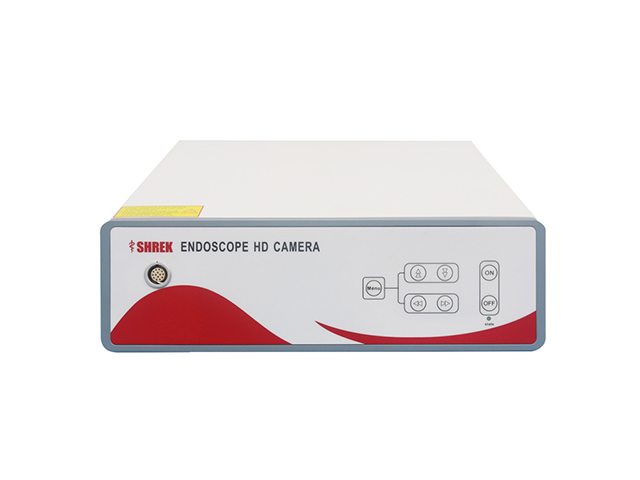SHREK NEWS
In neurosurgery, how should we choose the endoscopic camera system?

Choosing the appropriate endoscopic camera system for neurosurgery depends on several factors, including the type of procedure, the surgeon's preferences and experience, and the availability of equipment. Here are some factors to consider when choosing an endoscopic camera system for neurosurgery:
Image quality: Image quality is crucial in neurosurgery, as it can affect the accuracy and safety of the procedure. Look for a camera system with high resolution and color reproduction, as well as good contrast and low light sensitivity.
Sterilization: The endoscopic camera system must be sterilizable to ensure that it is safe to use in surgery. Some systems have disposable components, while others can be sterilized using various methods such as autoclaving or gas sterilization.
Ergonomics: The camera system should be easy to handle and maneuver, with intuitive controls and a comfortable grip. The system should also be lightweight and well-balanced to reduce fatigue during long procedures.
Compatibility: The camera system should be compatible with the other instruments and equipment used in the surgical procedure. This includes the endoscope, light source, and video monitor.
Versatility: The camera system should be able to accommodate a range of surgical procedures, from simple diagnostic procedures to more complex interventions. Look for a system that allows for multiple viewing angles and focal lengths, as well as the ability to zoom and pan.
Cost: The cost of the endoscopic camera system should be taken into consideration, as it can vary widely depending on the features and capabilities of the system. Consider the long-term cost of ownership, including maintenance and repair costs.
Ultimately, the choice of an endoscopic camera system for neurosurgery should be based on careful consideration of these factors, as well as the surgeon's experience and preferences. It is also important to consult with other neurosurgeons and to test the system before making a final decision.




